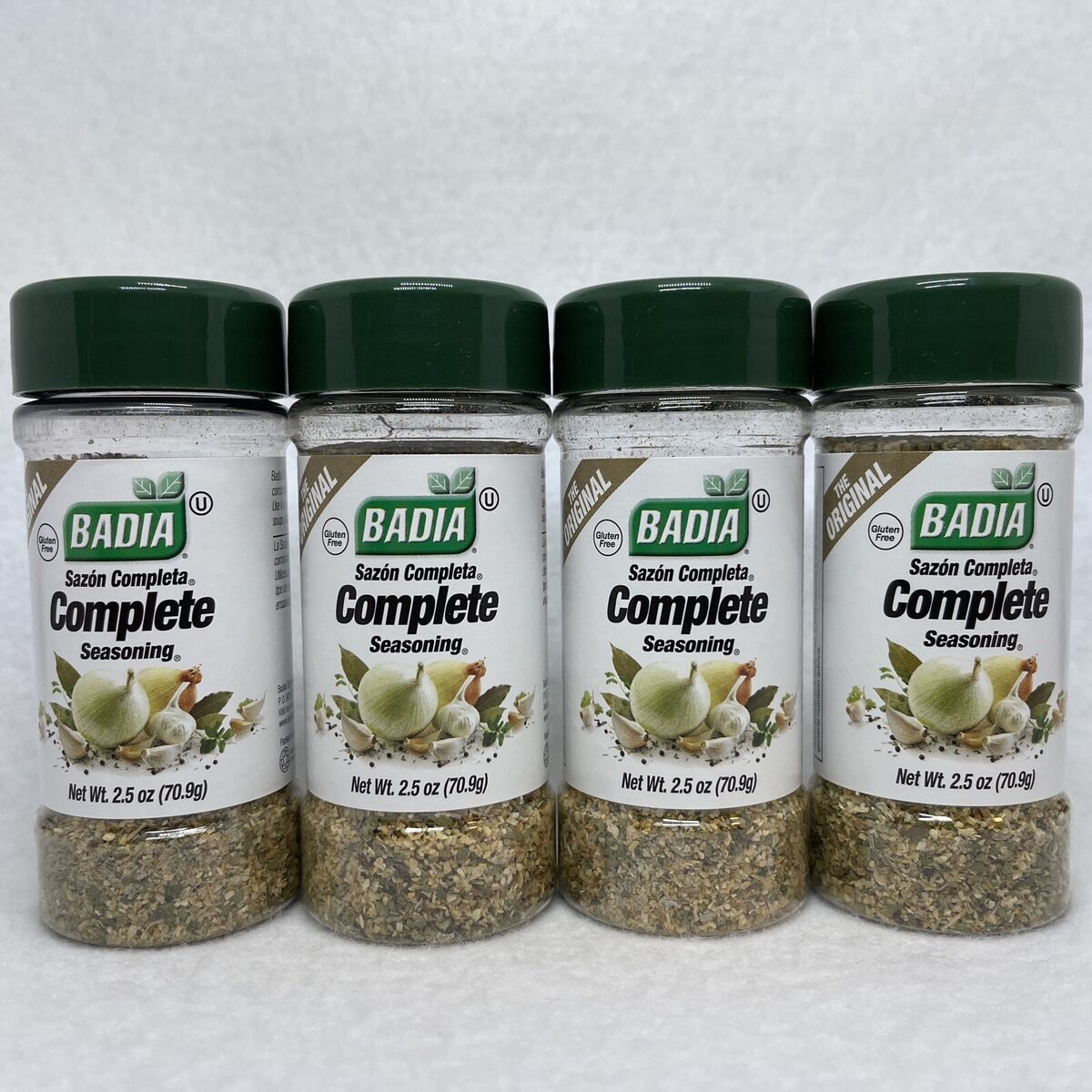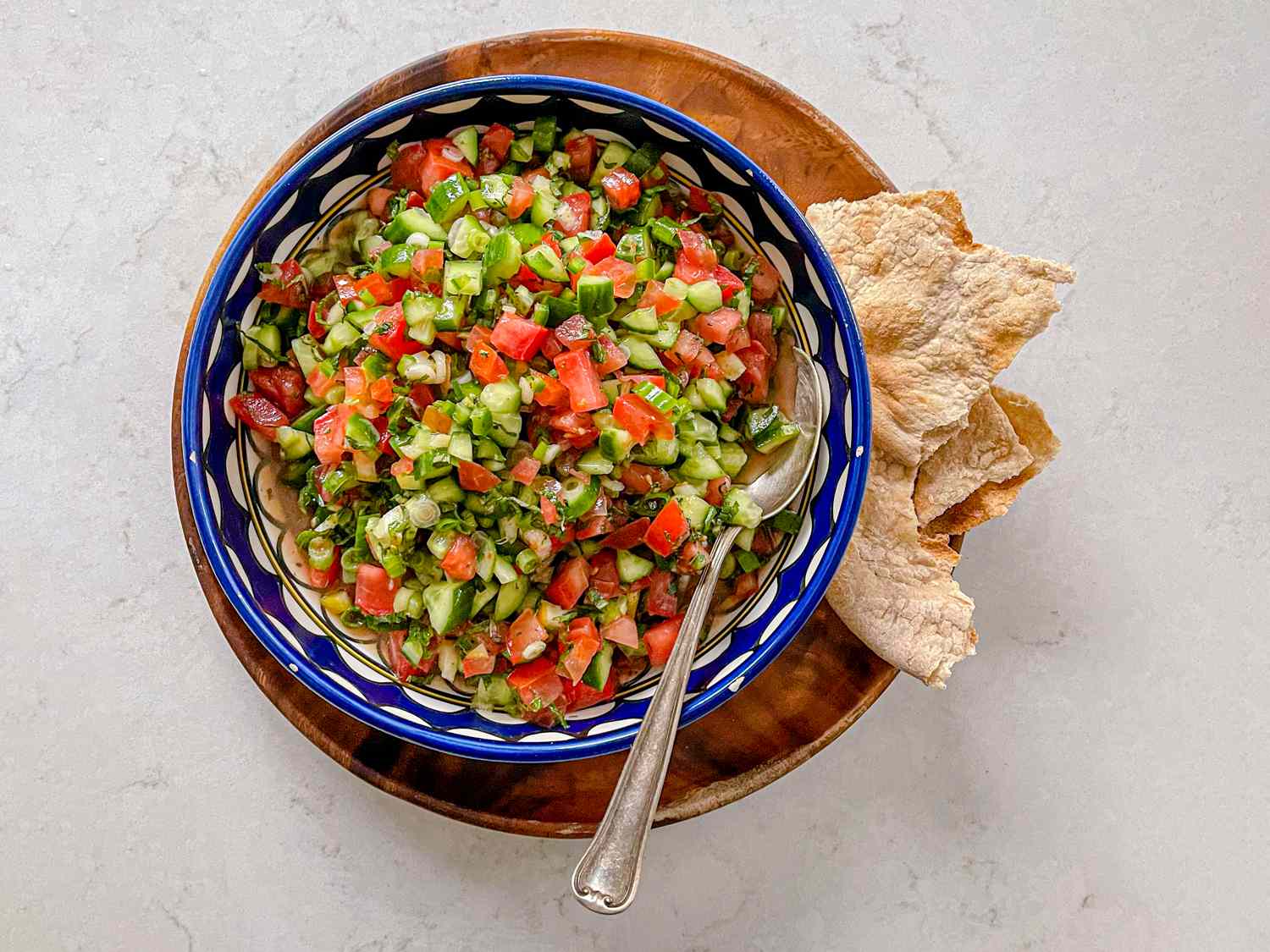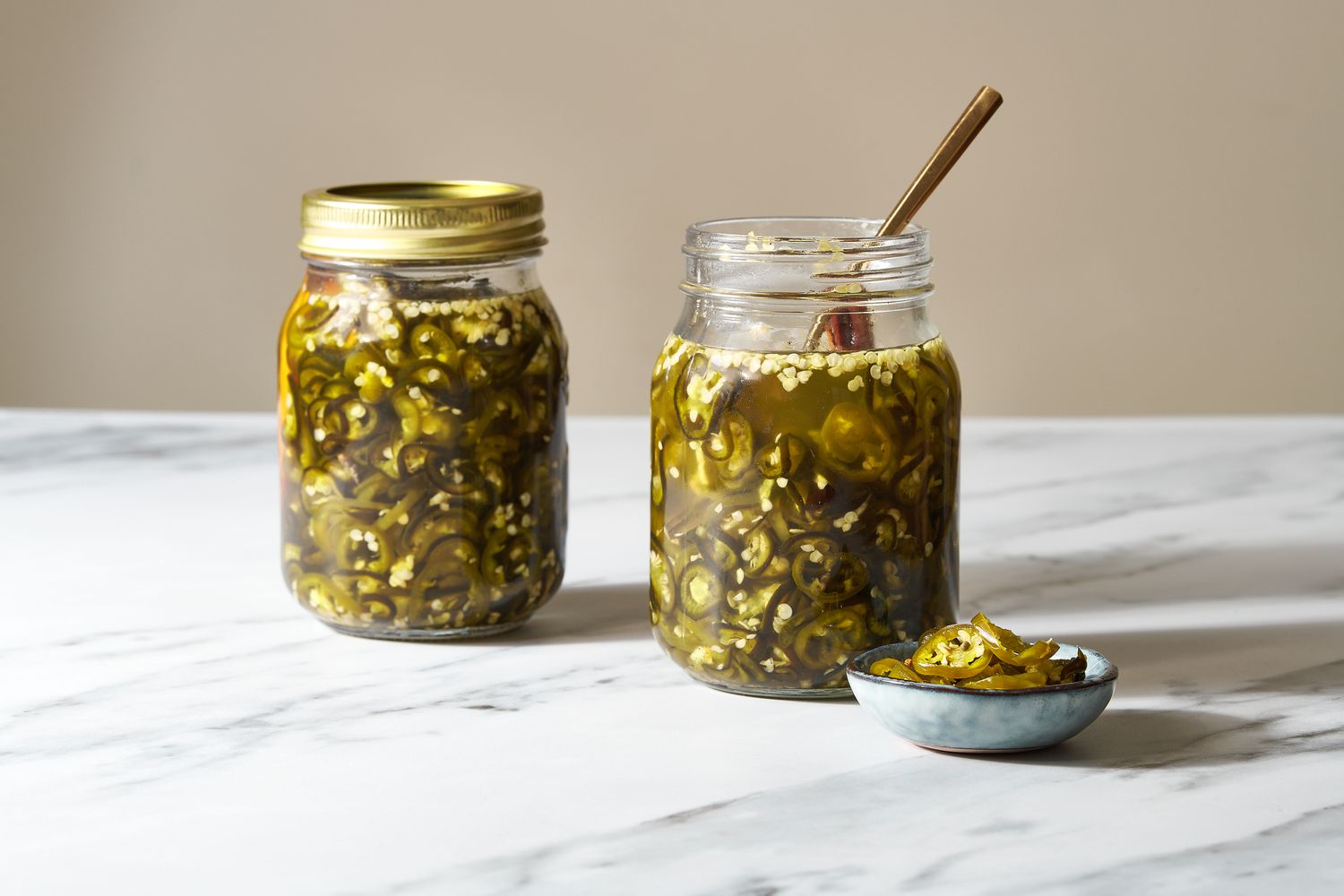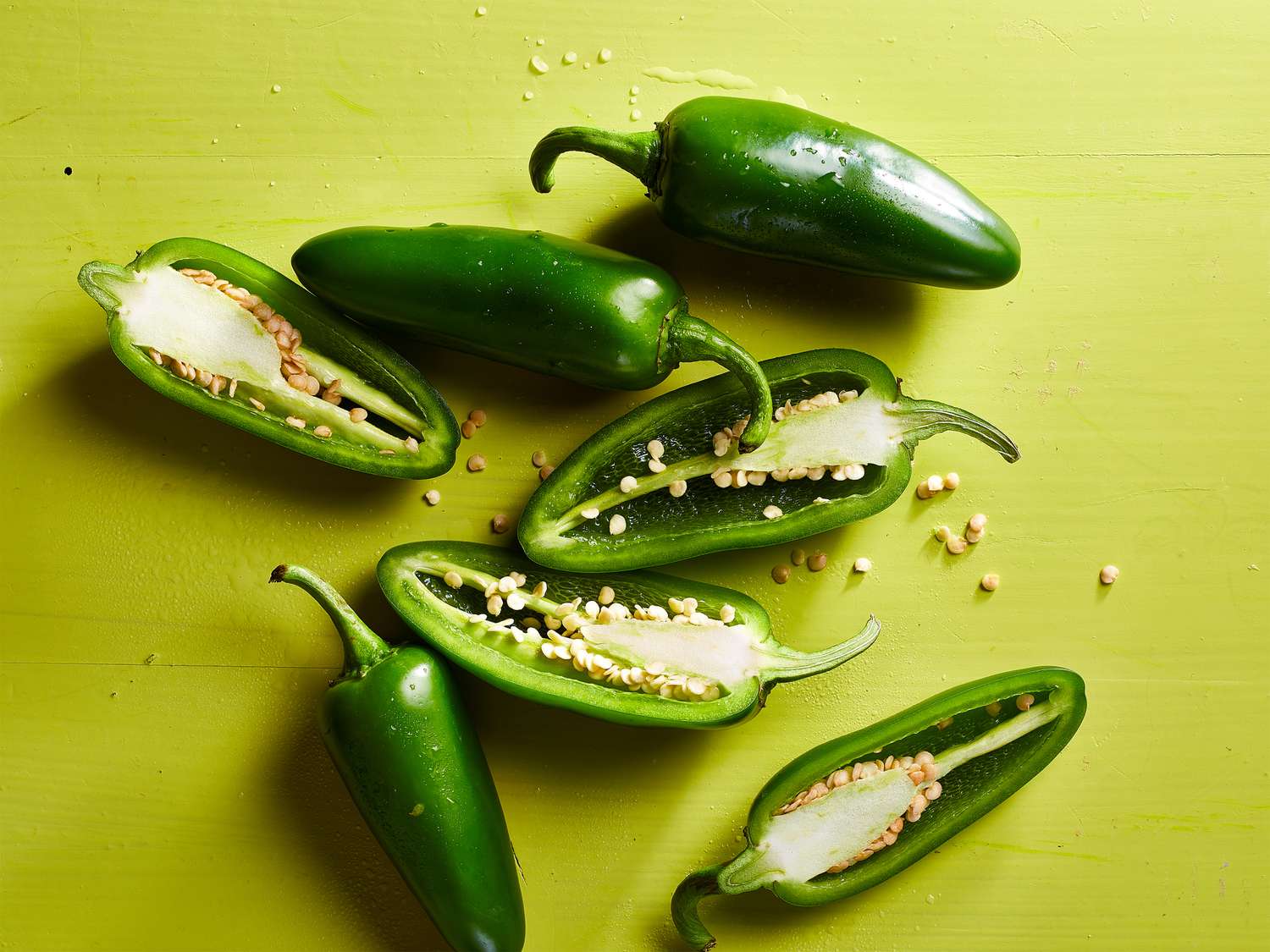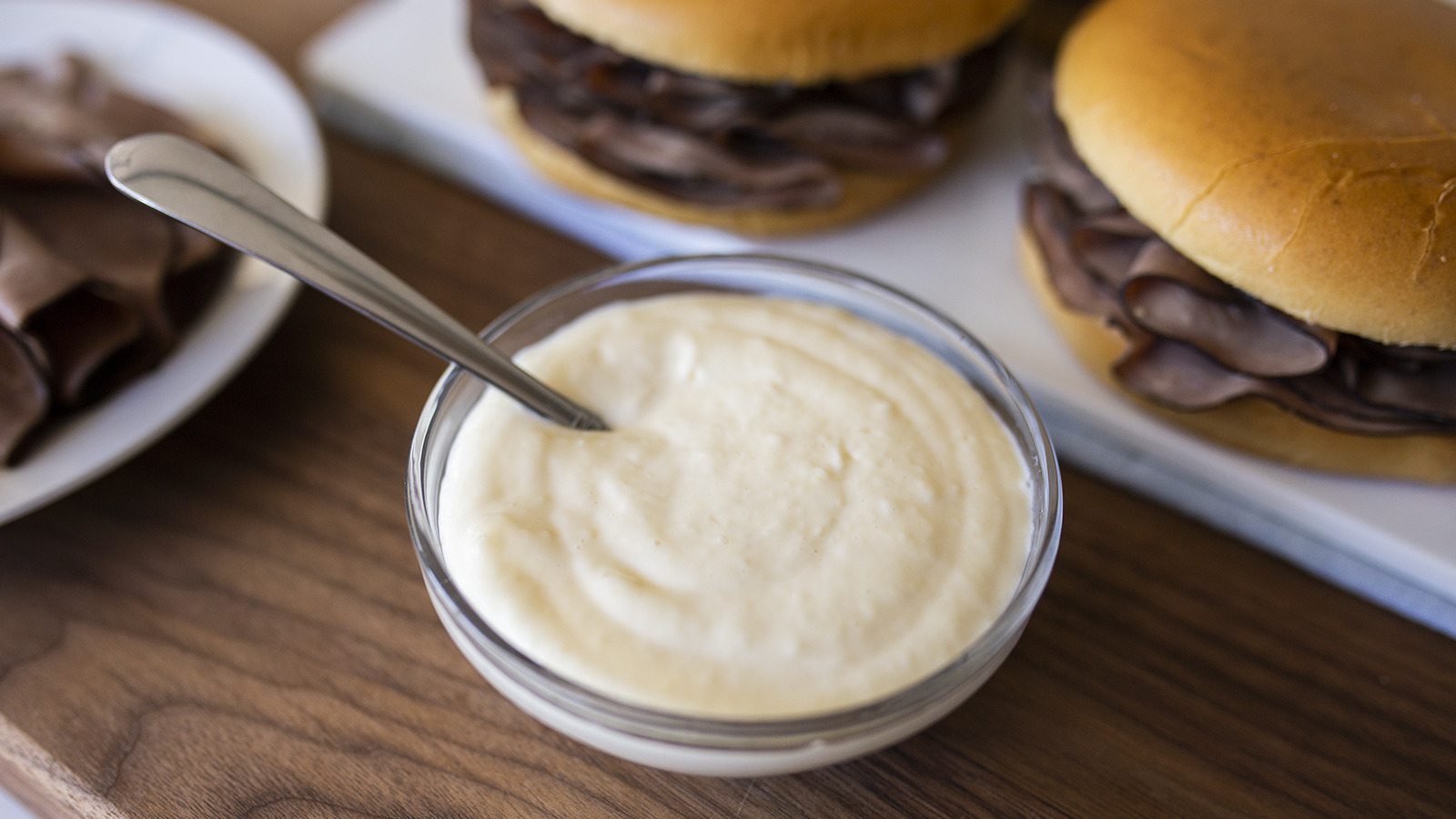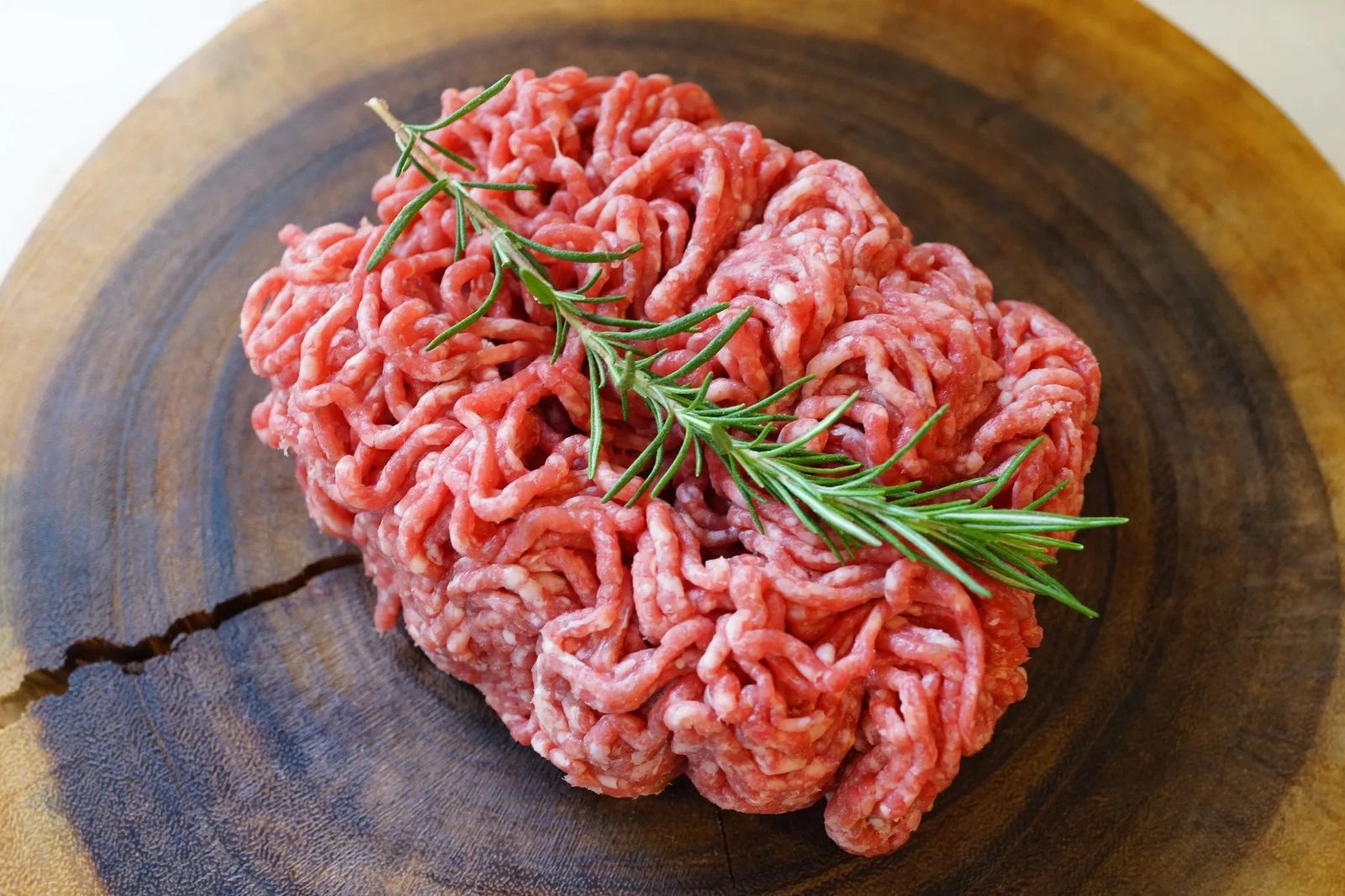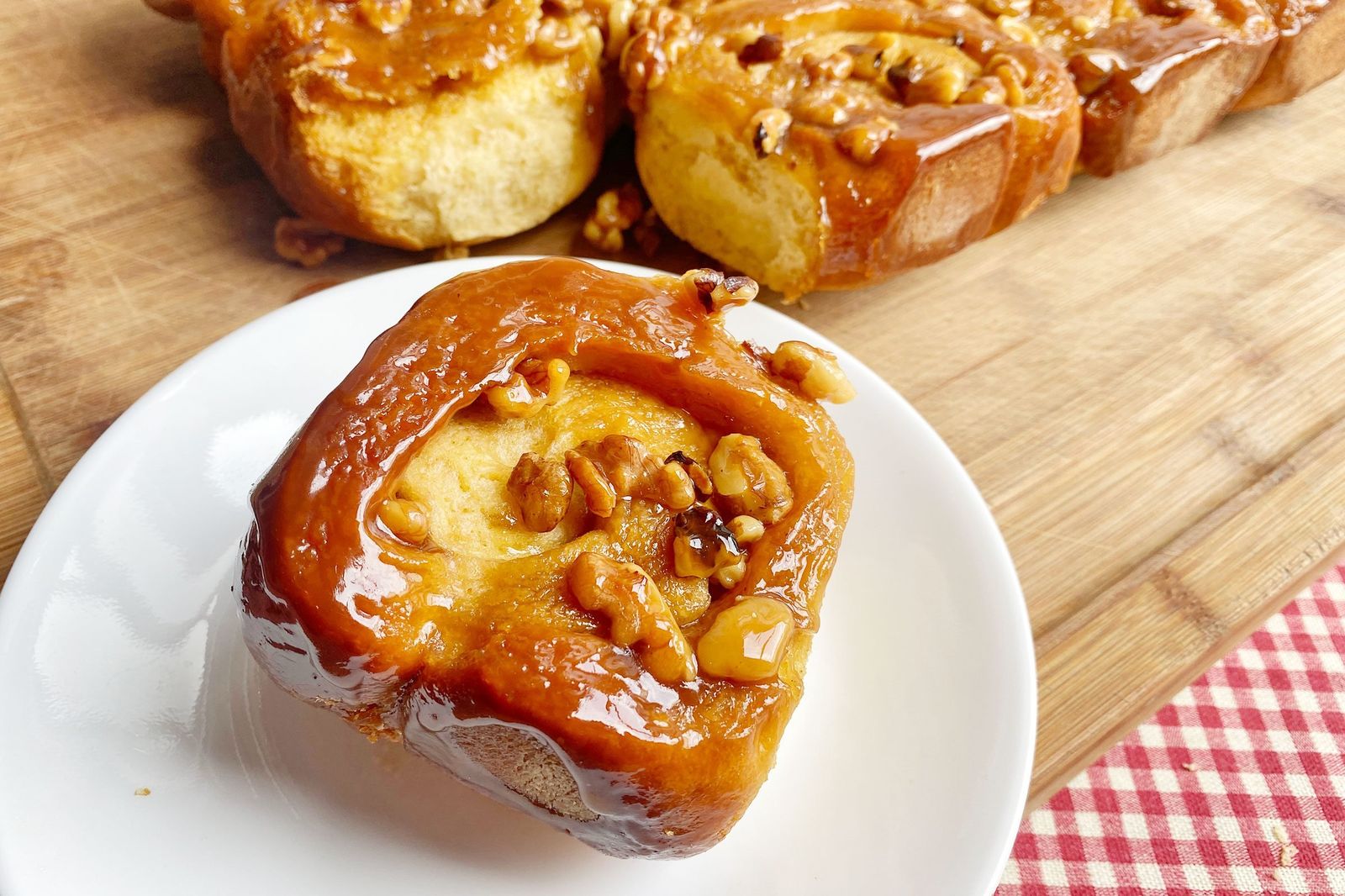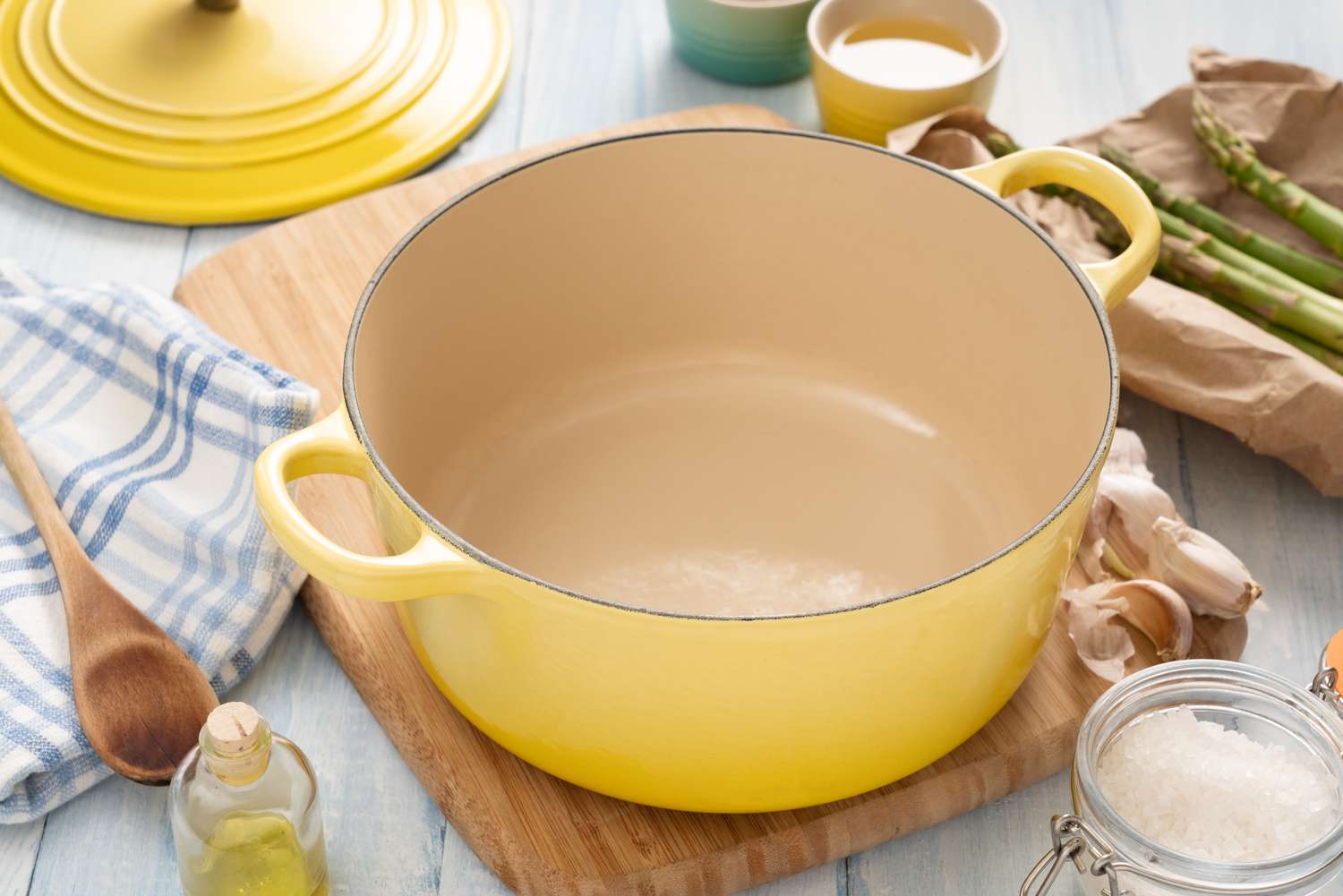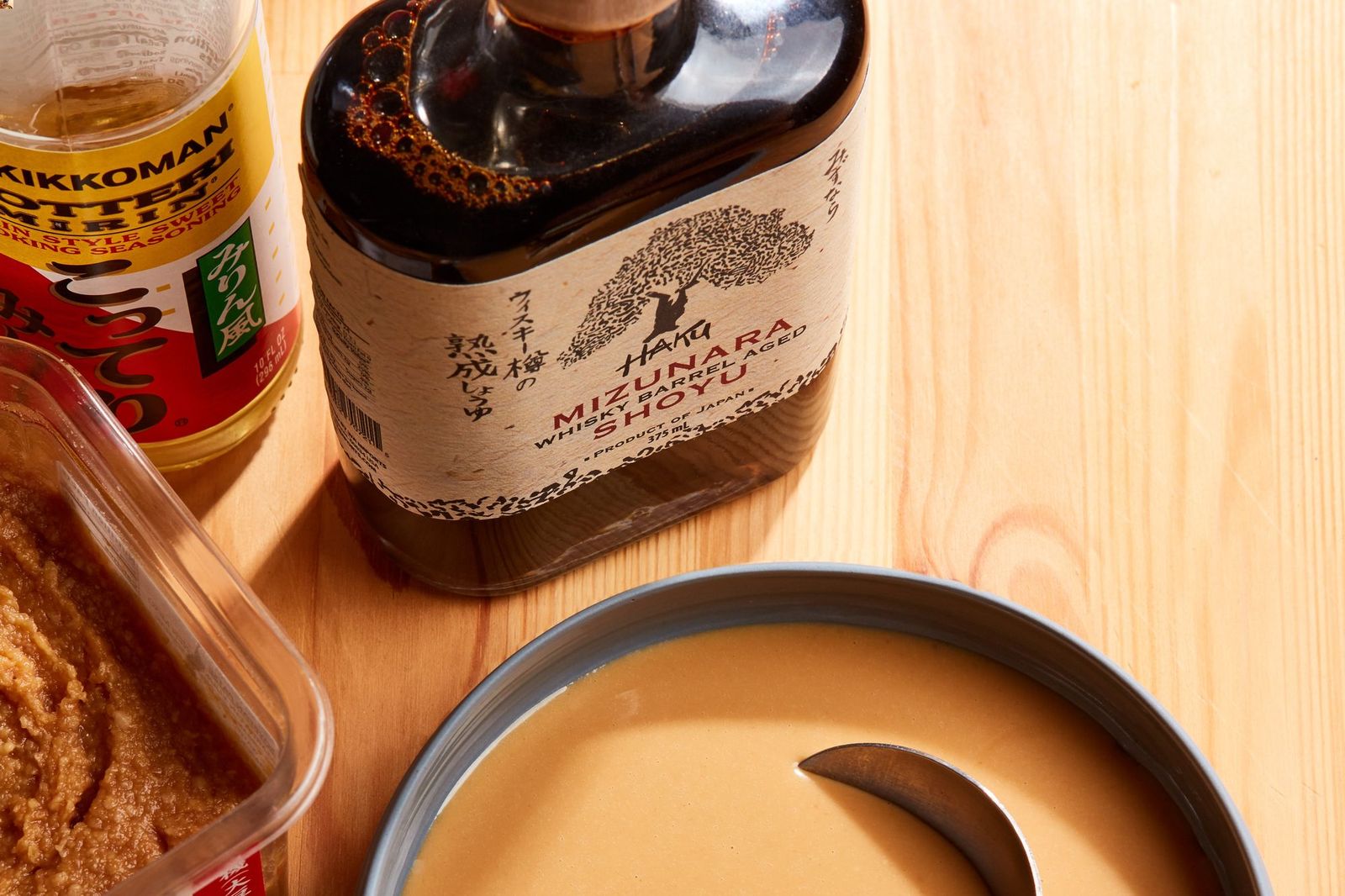Understanding Dried Yeast: A Guide for Food Enthusiasts
For many food enthusiasts, the world of baking and fermentation is a fascinating one. One key ingredient that plays a crucial role in these processes is dried yeast. But what exactly is dried yeast, and how does it contribute to the food we love? Let’s delve into the world of dried yeast and uncover its significance in the culinary realm.
What is Dried Yeast?
Dried yeast is a type of yeast that has been dehydrated to remove its moisture content, resulting in a shelf-stable product that can be stored for extended periods. This form of yeast is commonly used in baking and brewing, where it serves as a leavening agent, causing dough to rise and giving bread and other baked goods their light and airy texture.
Types of Dried Yeast
There are two primary types of dried yeast that are widely used in the culinary world:
- Active Dry Yeast: This type of dried yeast requires proofing in warm water before being added to the dough. It is known for its long shelf life and ability to retain its potency over time.
- Instant Yeast: Also known as rapid-rise yeast, instant yeast can be added directly to the dry ingredients in a recipe without the need for proofing. It is designed to work quickly, making it a convenient option for busy bakers.
The Role of Dried Yeast in Baking
When dried yeast is added to bread dough, it initiates a process known as fermentation. During fermentation, the yeast consumes sugars in the dough and produces carbon dioxide gas and alcohol as byproducts. The carbon dioxide gas becomes trapped in the dough, causing it to expand and rise. This results in the characteristic airy texture of bread and other baked goods.
Benefits of Dried Yeast
Using dried yeast in baking offers several advantages, including:
- Consistent Results: Dried yeast is a reliable leavening agent that consistently produces light and fluffy baked goods.
- Convenience: With its long shelf life and ease of use, dried yeast provides convenience for both home and professional bakers.
- Versatility: Dried yeast can be used in a wide range of recipes, from bread and pizza dough to sweet treats like cinnamon rolls and pastries.
Storing Dried Yeast
To ensure the longevity and effectiveness of dried yeast, proper storage is essential. It is best to store dried yeast in a cool, dry place, away from direct sunlight and moisture. Once opened, the yeast should be sealed tightly and used within the recommended timeframe for optimal results.
Conclusion
As a fundamental ingredient in baking and brewing, dried yeast plays a vital role in creating the delicious foods we enjoy. Whether you’re a seasoned baker or a novice in the kitchen, understanding the significance of dried yeast can enhance your appreciation for the art of fermentation and the science of leavening. So, the next time you savor a slice of freshly baked bread or a perfectly risen pizza crust, take a moment to appreciate the magic of dried yeast at work.
Was this page helpful?
Read Next: What Is Instant Pot Stew Setting

